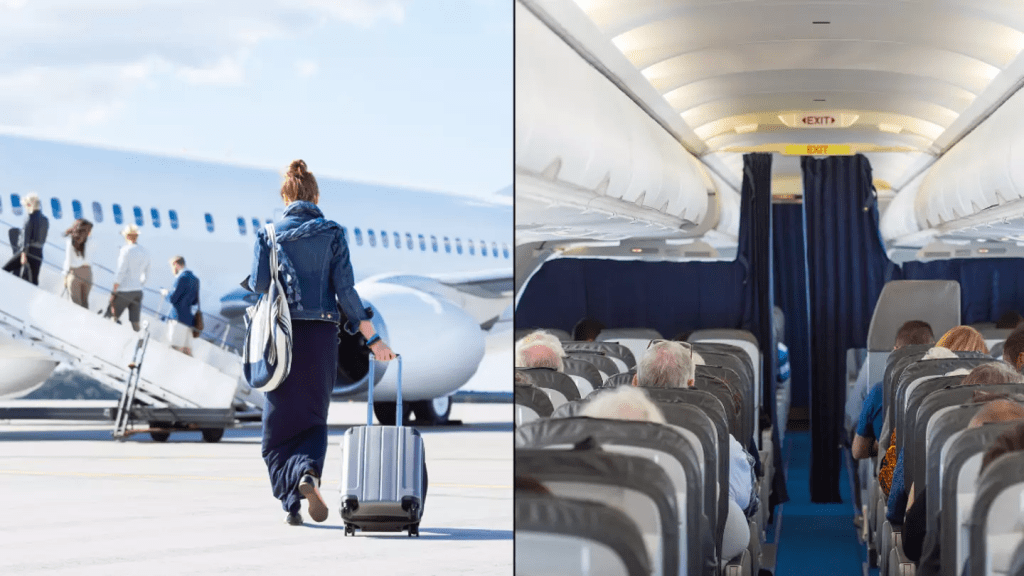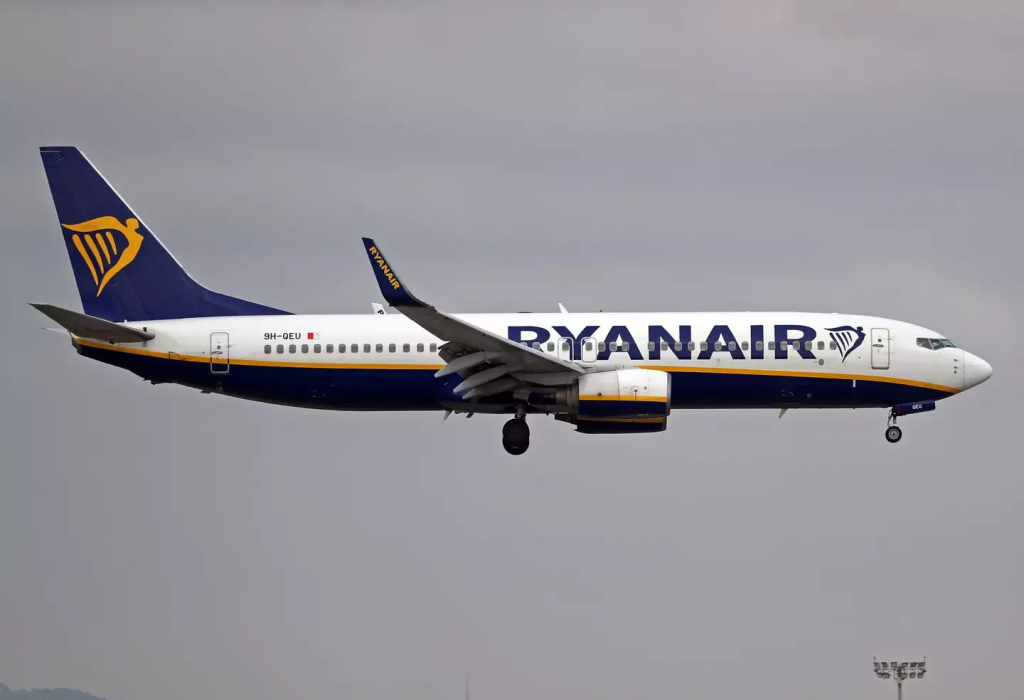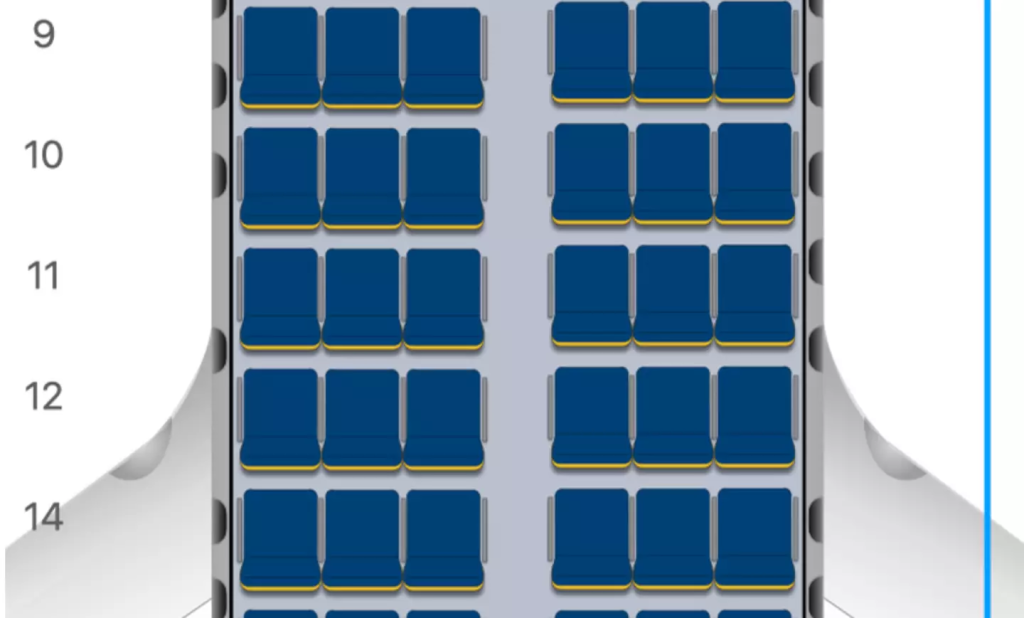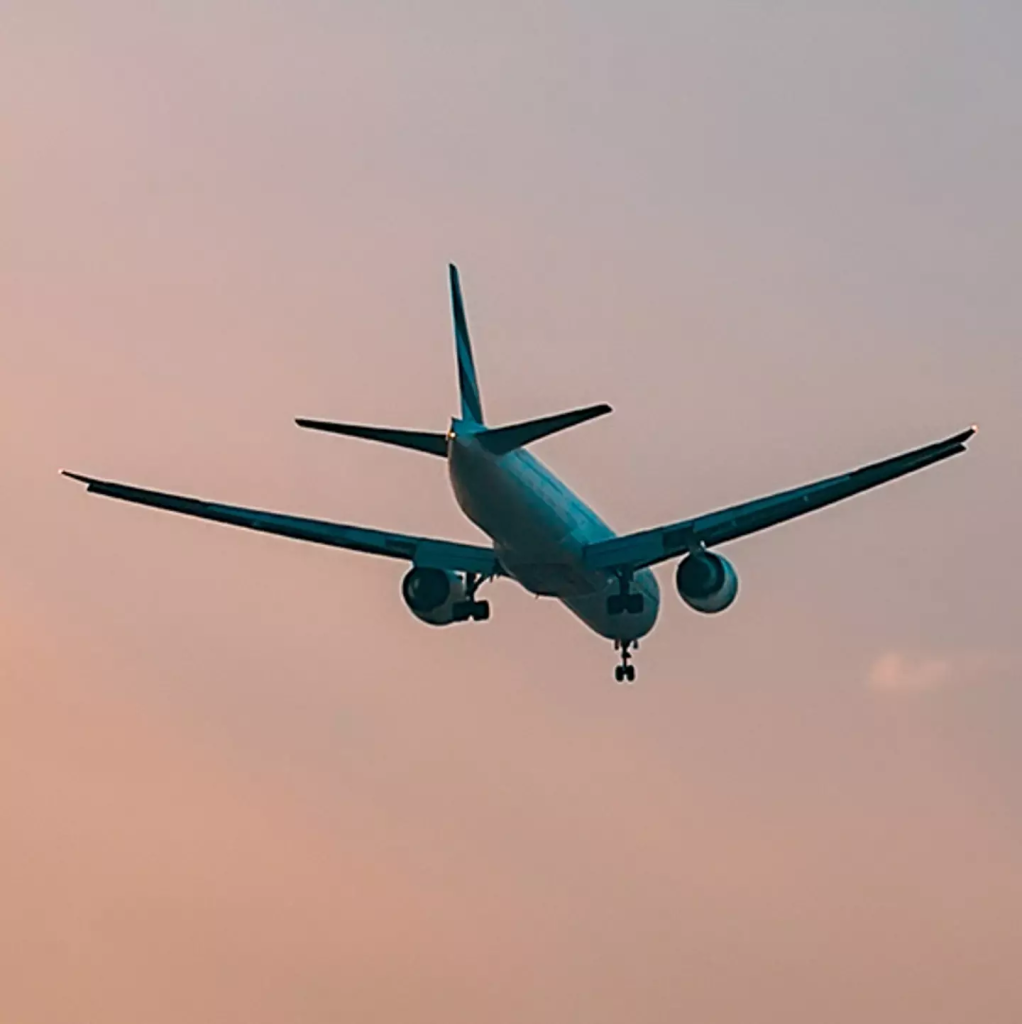When planning your next trip, deciding where to sit on the plane might not seem like a big deal. But seasoned travelers know better. The right seat can make your flight enjoyable, while the wrong one can turn it into hours of discomfort. Among the many seats travelers debate over, one has gained infamy: seat 11A. This “window seat” on certain planes, especially the Boeing 737, has left countless passengers disappointed. Let’s explore why 11A has become the ultimate seat to avoid and how you can sidestep this travel pitfall.
The False Promise of the Window Seat

Window seats are a favorite among many travelers. They offer stunning views, a private corner to lean against, and a reprieve from aisle traffic. However, seat 11A flips these expectations on their head. While technically labeled a “window seat,” it often comes with a blank wall instead of the scenic view you hoped for.
Imagine settling in, ready to watch the world from above, only to realize there’s no window. Just a plain interior panel staring back at you. It’s a disappointment that can feel like a betrayal, especially if you paid extra to secure this seat.
What Makes Seat 11A the Worst Choice?
1. No Window, No View
The primary flaw of seat 11A is that it lacks a functional window. Whether it’s entirely absent or partially obstructed, the result is the same: no rolling clouds, no city lights, just a dull, claustrophobic wall. For those who choose a window seat specifically for the view, 11A delivers none of the promised perks.
2. Misaligned Design
On many planes, particularly the Boeing 737, seat 11A doesn’t align with a window due to structural quirks in the aircraft’s design. Unlike most seats, which sit neatly next to a window, 11A is positioned awkwardly, leaving passengers with no sightline to the outside world.
3. Row 11’s Uneven Experience
To make matters worse, the opposite side of row 11—seat 11F—usually has a perfectly aligned window with unobstructed views. Passengers seated on the right side of the plane enjoy the picturesque scenes that travelers in 11A miss entirely. It’s a frustrating contrast for those stuck on the left.
Other Seats to Avoid for a Better Experience
Seat 11A isn’t the only troublemaker. Nearby seats can also be problematic:
- Seats 12A and 12F: These are notorious for partially obstructed views. While not as bad as 11A, they’re still disappointing for window enthusiasts.
- Middle Seats in General: No one likes being squished between two strangers with no access to the aisle or a window.
How Aircraft Design Impacts Comfort

Legroom Differences
On some aircraft, such as the Boeing 737, design asymmetries mean that seats on the right-hand side (like D, E, and F) may have slightly more legroom than their left-side counterparts. While the difference is small, it can make a noticeable impact during longer flights.
Emergency Exit Rows
If extra legroom is a priority, consider booking an emergency exit row seat. These seats often have no row directly in front of them, giving passengers much-needed space. However, these seats are typically restricted to passengers physically capable of assisting in an emergency.
How to Avoid the Pitfalls of Seat 11A

1. Check the Seat Map
Before finalizing your booking, take a moment to review the seat map for your specific flight. Airlines often provide this feature during the booking process, and tools like SeatGuru and AeroLOPA can offer additional insights. These resources highlight seats with obstructed views, reduced legroom, or other drawbacks.
2. Opt for the Right Side
If you’re flying on a plane like the Boeing 737, aim for seats on the right side (D, E, or F). These seats are less likely to have the design flaws that plague 11A and its neighbors.
3. Pay for Seat Selection
While paying for seat selection might feel like an unnecessary expense, it’s often worth it to secure a comfortable and desirable spot. Spending a few extra dollars upfront can save you hours of frustration in the air.
Why Seat Selection Matters So Much

At first glance, seat selection might seem trivial. However, for frequent flyers and those on long-haul flights, it can make all the difference. A good seat can turn a cramped, noisy flight into a comfortable journey.
Expectations vs. Reality
When you choose a window seat, you expect to enjoy the views. It’s part of the trade-off for giving up easy aisle access. Seat 11A, however, breaks this unspoken contract, leaving passengers feeling cheated.
The Psychological Impact of a Window View
For many, a window seat offers more than just a glimpse outside—it creates a sense of space and connection to the world. Without a view, the cabin can feel more confining, making the flight seem longer and less enjoyable.
Conclusion: Avoiding Seat 11A Is Worth the Effort
Seat 11A has earned its reputation as one of the worst airplane seats for good reason. It promises all the benefits of a window seat but delivers none. With no view and the same drawbacks as other window seats, it’s a spot you’re better off avoiding.
Fortunately, with a little research and planning, you can steer clear of this travel nightmare. Use seat maps, prioritize the right side of the plane, and consider paying for seat selection to ensure a more comfortable and enjoyable flight.
Next time you’re booking a trip, remember that a few extra minutes spent choosing the right seat can make all the difference. Whether you’re traveling for business or pleasure, avoiding seat 11A will help you start your journey on the right foot—or at least, in the right seat. Happy travels!


